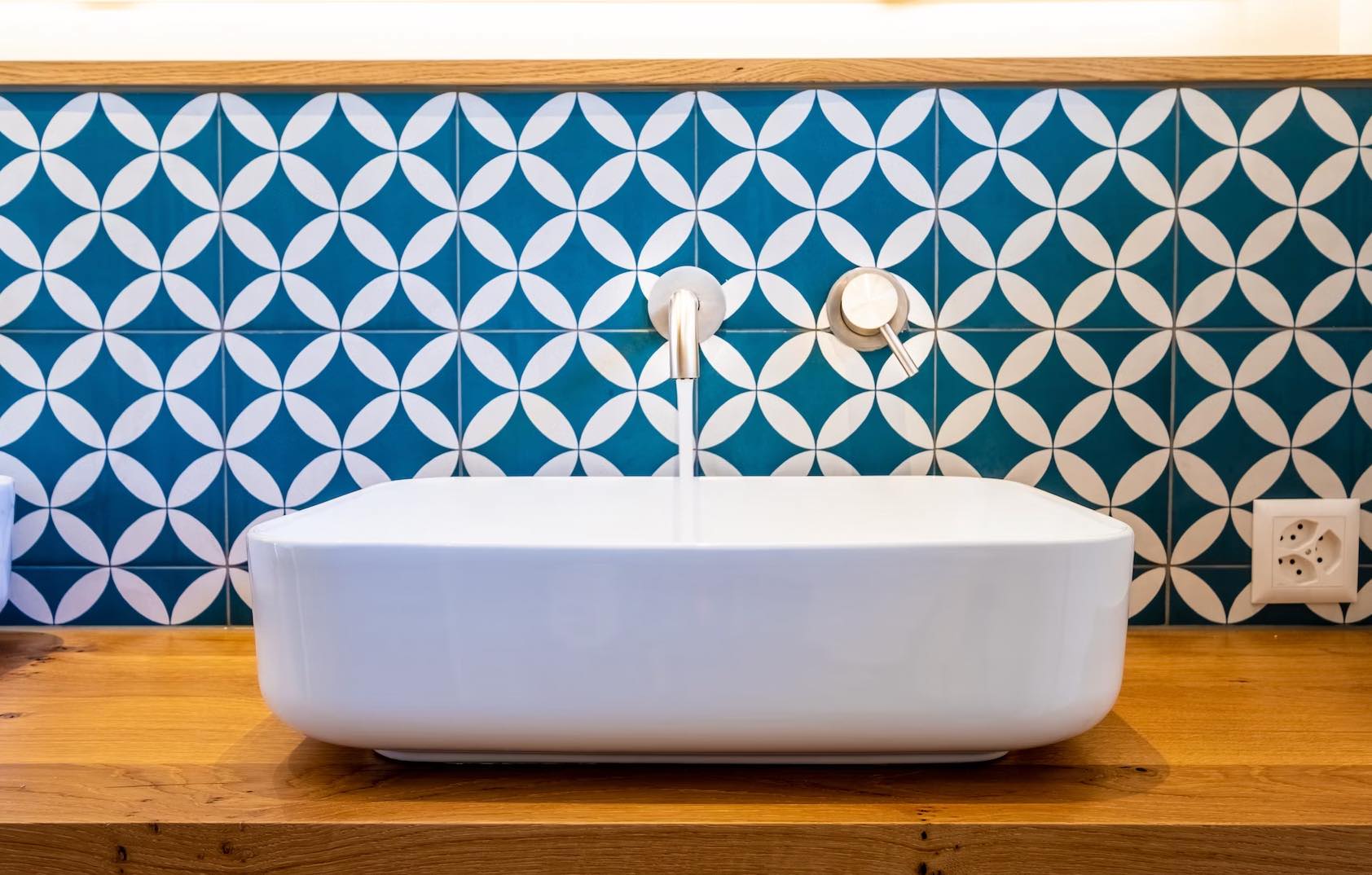
13 Jun Mold: The Silent Intruder – Protecting Your Home from Mold and Water Damage
Mold is not just an unsightly nuisance; it can also pose significant risks to your health and property. Once it takes hold, mold can spread rapidly and cause structural damage, respiratory issues, allergies, and other health problems. In this blog, we will explore the dangers of mold and provide you with valuable tips on how to protect your home from mold and water damage. By implementing preventive measures and taking prompt action, you can safeguard your family’s well-being and preserve the integrity of your home.
- Maintain Proper Ventilation: Proper ventilation is crucial in preventing mold growth. Ensure that your home is adequately ventilated, especially in areas prone to moisture, such as bathrooms, kitchens, and basements. Use exhaust fans to remove excess moisture during and after activities that generate humidity, like showering or cooking. Good airflow helps to reduce moisture levels, making it harder for mold to thrive.
- Monitor and Control Humidity Levels: Humidity plays a significant role in mold growth. Keep a close eye on the humidity levels in your home, aiming for a range between 30% and 50%. Use a hygrometer to measure humidity and a dehumidifier to control excess moisture if needed. Pay special attention to humid areas, including basements, crawl spaces, and attics, as they are more susceptible to mold infestation.
- Fix Leaks and Moisture Issues: Water leaks are a primary cause of mold growth. Regularly inspect your home for any signs of leaks, including damp spots, discoloration, or water stains on walls, ceilings, or floors. Promptly address any leaks from pipes, roofs, or windows to prevent water from seeping into hidden areas where mold can flourish. Remember to check the integrity of your home’s waterproofing, including seals around windows and doors.
- Proper Insulation and Vapor Barriers: Insulating your home properly is not only energy-efficient but also helps prevent moisture buildup. Adequate insulation and vapor barriers can reduce condensation on walls and ceilings, which can lead to mold growth. Consider consulting a professional to assess your insulation needs and ensure that vapor barriers are correctly installed.
- Regular Maintenance and Cleaning: Regular maintenance and cleaning routines are essential to prevent mold and water damage. Routinely inspect areas prone to moisture, such as bathrooms, kitchens, and laundry rooms, for any signs of mold or water issues. Clean and dry surfaces promptly, paying attention to hidden areas like under sinks or behind appliances. Regularly clean air conditioning and dehumidifier filters to maintain their efficiency.
- Proper Landscaping and Drainage: The exterior of your home can also contribute to mold growth. Ensure that the ground around your home is properly graded to direct water away from the foundation. Clear gutters and downspouts regularly to prevent water from overflowing and seeping into the walls. Consider landscaping techniques that promote proper drainage, such as installing French drains or using water-absorbent plants.
- Proper Storage and Organization: Cluttered and poorly organized spaces provide ideal environments for mold growth. Keep your home organized and clutter-free, especially in areas like basements and attics. Properly store items in sealed containers to prevent moisture from affecting them and creating a breeding ground for mold.
Conclusion
Protecting your home from mold and water damage requires proactive measures and consistent maintenance. By maintaining proper ventilation, monitoring and controlling humidity levels, addressing leaks and moisture issues promptly, ensuring proper insulation and vapor barriers, practicing regular maintenance and cleaning, managing landscaping and drainage, and maintaining proper storage and organization, you can significantly reduce the risks of mold infestation.
